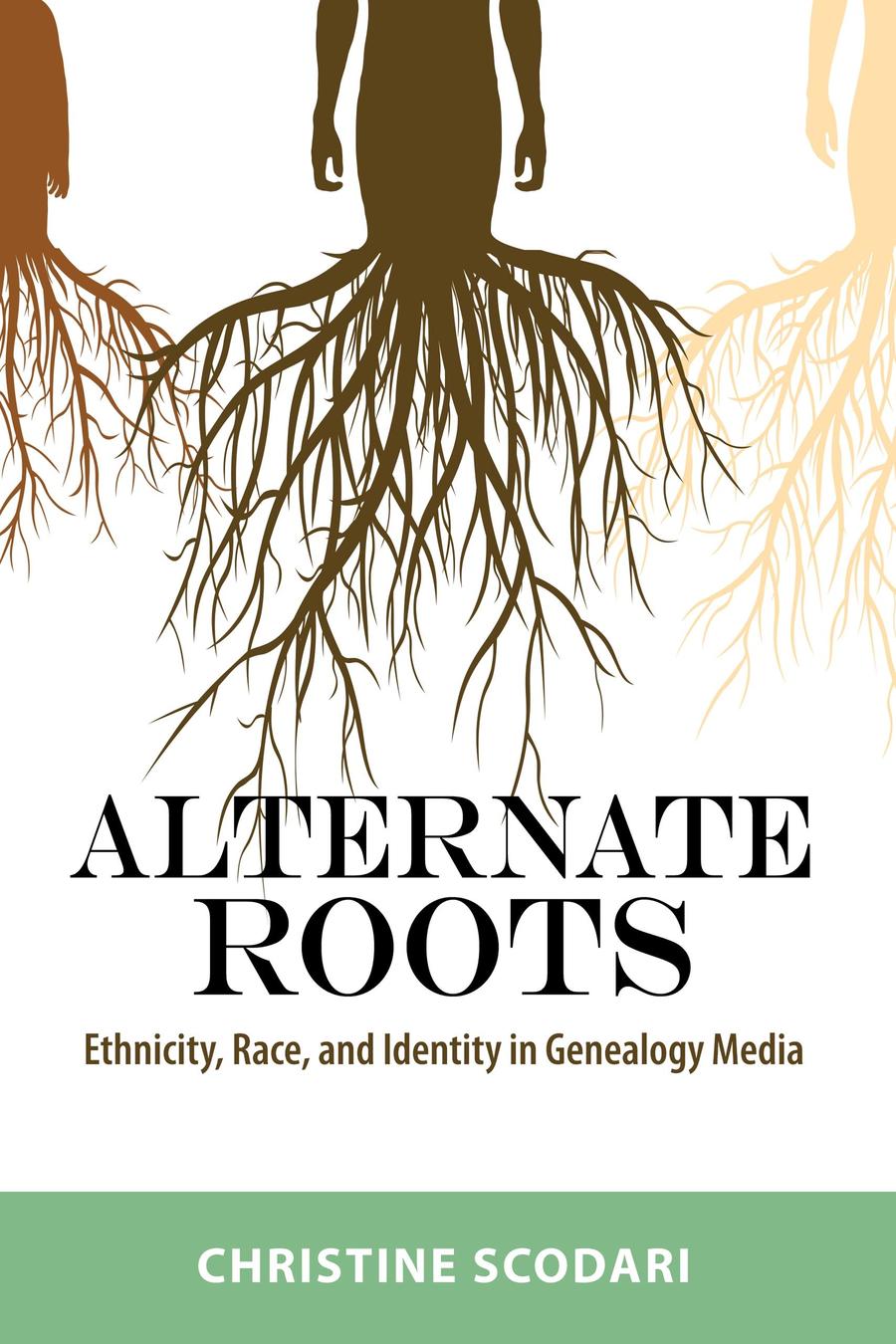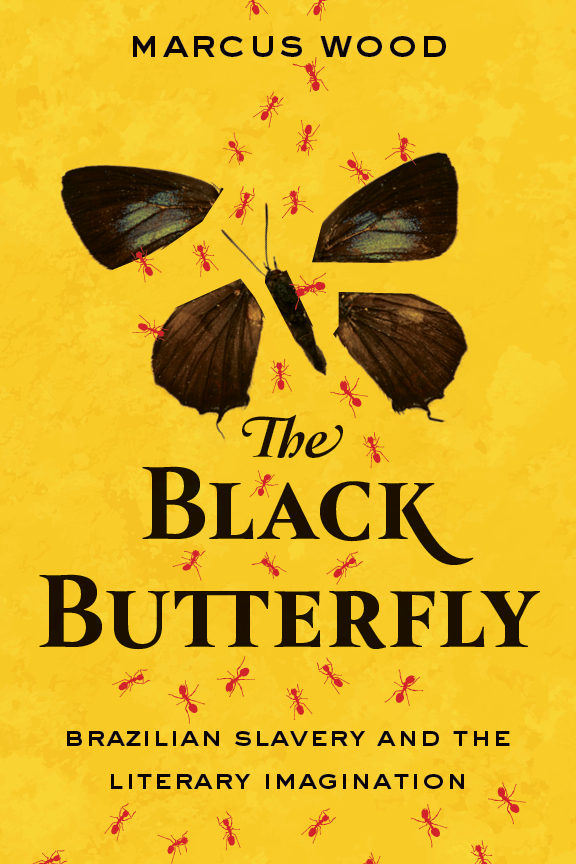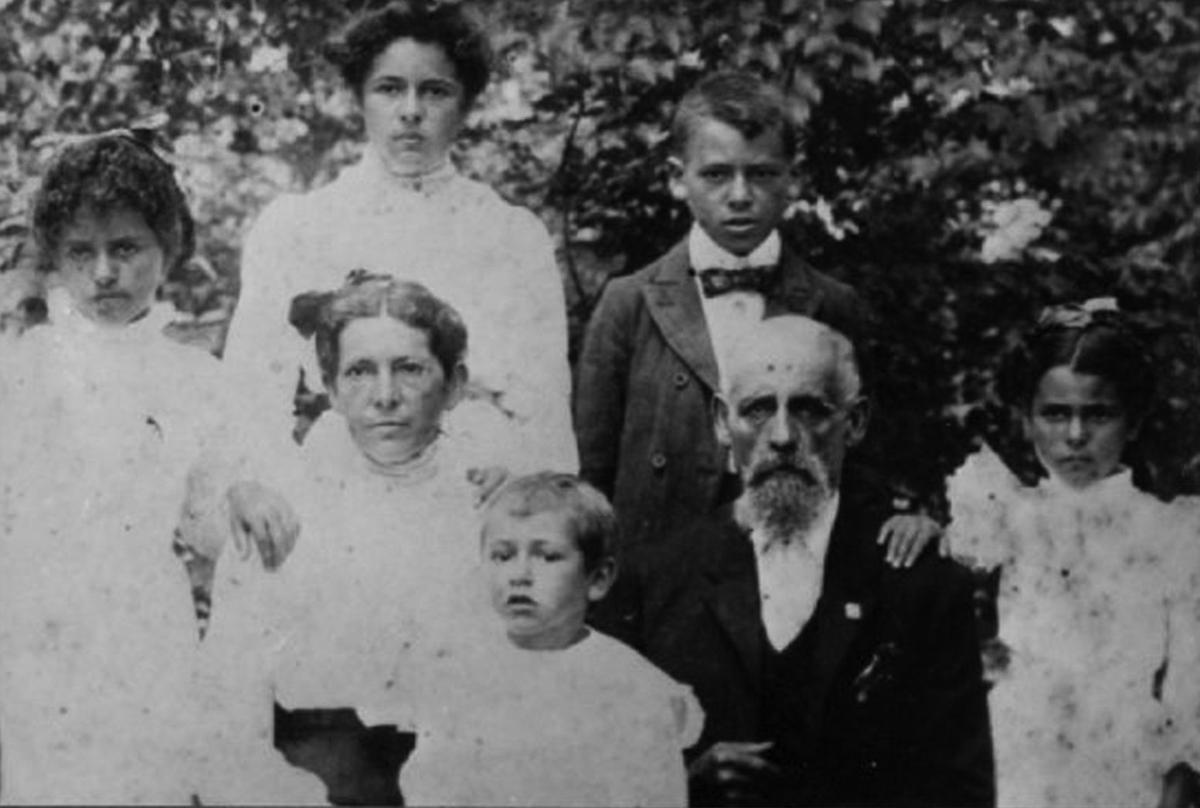White supremacy rhetoric lectures – Bella da Costa Greene’s symbolic legacyPosted in Articles, Biography, Media Archive, Passing, United States, Women on 2020-01-31 21:05Z by Steven |
White supremacy rhetoric lectures – Bella da Costa Greene’s symbolic legacy
University News: UMKC’s Independent Student Newspaper
2019-02-20
UMKC’s Medieval and Early Modern Studies program held the first of four lectures last week in a series that aims to help dismantle white supremacist rhetoric while making academia more accessible and diverse.
Each of the four lectures covers a different topic, but the underlying purpose remains the same. Dr. Sierra Lomuto, the first lecture’s speaker, focused on Belle da Costa Greene and her symbolic legacy as a medievalist and woman of color.
Lomuto, an English professor at Macalester College in St. Paul, Minnesota, is one of the founding members of the Medievalists of Color (MoC) organization.
MoC is “an international professional organization that advocates for the advancement of racial minority scholars working in Medieval Studies.”
Bella da Costa Greene, born Belle Marion Greener in 1883, spent her life passing as a white woman.
According to Lomuto, Greene’s parents separated when she was around 5 years old, and that was when her mother changed all her children’s surname to Greene in an effort to distance themselves from her estranged husband and the black community as a whole.
Greene, with her “white-sounding” surname and light skin, would explain away her olive-toned complexion by claiming to be of Portuguese descent…
Read the entire article here.









